In marketing, we talk about segmentation. We talk about contact management. We don’t often talk about how important it is to use the two together. In fact, the lack of integration between a contact database and a marketing platform can hinder marketing effectiveness to the point of paralysis.
A recent HubSpot Academy segment provided three examples that showcase just how powerful the transition from a nonintegrated to an integrated solution can be.
1. Howard University
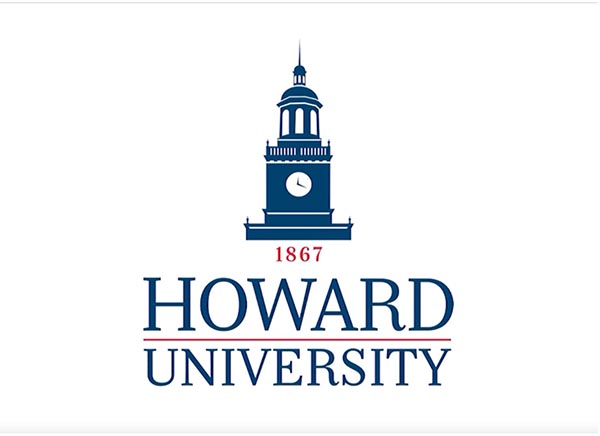
The first example came from Howard University, the U.S.’s premier historically black university. This iconic institution attracts a multitude of corporate sponsors interested in building relationships with students for future career opportunities.
For years, Howard University did not have a CRM or centralized database to manage corporate sponsors. Instead, it used individual spreadsheets and databases. The university was also lacking a clear point of contact. Not knowing who to contact about offering student career-building opportunities, prospective sponsors would often approach the faculty. Faculty were not trained to answer such questions, however, so these inquiries were passed around, leading to inquiries being missed or lost.
Then Howard University switched to a CRM that integrated with their email marketing. This allowed them to create a form on their website where potential corporate sponsors could indicate their interest. The university chose HubSpot’s CRM, allowing their contact management to easily integrate into their email marketing.
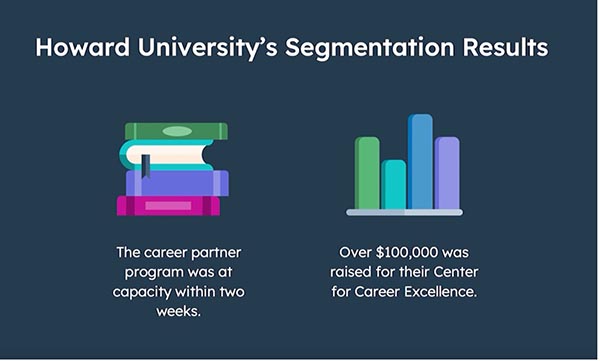
The school used data collected from the forms to create segments of contacts and email campaigns specific to those interested in student career development. The results?
- The career partner program hit capacity within two weeks,
- That year, the university was able to raise over $100,000 toward students’ career development.
2. Door Dash
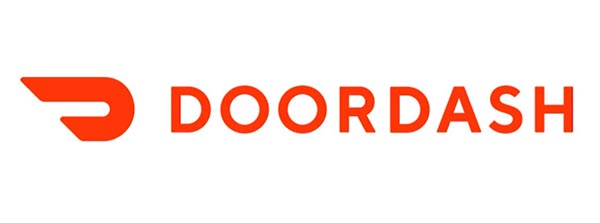
The second example comes from Door Dash. Although best known for consumer deliveries, DoorDash offers two business services, as well: DoorDash for Merchants and DoorDash for Work.
Before switching to HubSpot, DoorDash had a single landing page with a form-stack lead capture form. Uploading the data to the company’s CRM (Salesforce) was clunky and slow, as the team had to clean the information before manually uploading the data each time. The team ended up spending 5-10 hours per month cleaning data alone!
Furthermore, without the data being accessible across all systems, Door Dash’s segmentations had to be produced manually, as well. Each email audience had to be built from scratch, draining the marketing team’s time. Their segmentation abilities were severely limited, as well. Some of the data was there, but Door Dash didn’t know how to identify it. Not surprisingly, these programs were struggling to gain momentum.
Then DoorDash switched to HubSpot. By making this switch, DoorDash was able to integrate both audience management and email marketing. Now, sending campaigns to the right segments takes only a few minutes. One of their first efforts was to send product guides to merchants in Canada. They were able to segment audience by location to send both French and English guides to Quebec merchants as required by law.
The marketing team estimates that the new integration saves them three days of work with every email campaign they produce.
3. Envision Technology Advisors
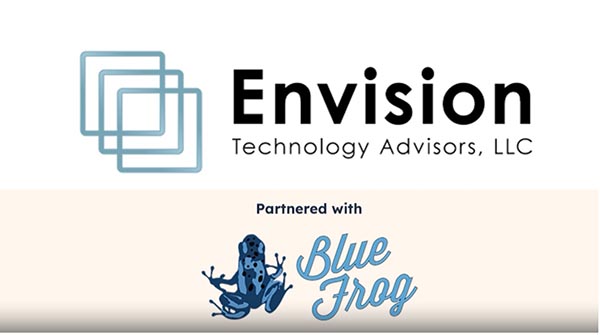
Contact management integration with email marketing isn’t just for the big guys. Envision Technology provides business and technology consulting services in the Northeast region of the United States. They specialize in digital transformation, cybersecurity, network and infrastructure, cloud services, and more. To develop its segmentation strategy, Envision Technology worked with BlueFrog, a HubSpot-trained agency to help meet their inbound goals.
The team produced three segments:
Segment 1: Prospects who attended an event about cybersecurity where the Envision Tech CEO presented. This segment was created to source local businesses from Envision Tech’s main target area.
Segment 2: Prospects who attended event about HR and technology where the Envision Tech CEO also presented. The segment was created to develop greater brand awareness.
Segment 3: Prospects who attended an annual event hosted by Envision Tech called “Lights, Camera, Answers,” a free movie premiere paired with a short presentation on cybersecurity and a Q&A. This segment was created to develop a community.
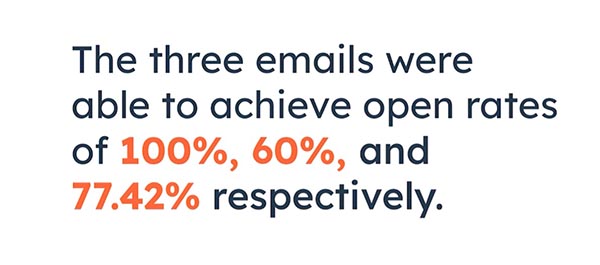
By creating these three segments, Envision Technology was able to communicate with each audience more effectively. Its first three segmented campaigns achieved open rates of 100%, 60%, and 77%, respectively.
From Clunky to Seamless
When we talk about segmentation, it’s important to remember that these types of campaigns can be produced using manual processes, but this is time-consuming and challenging to sustain. This is not a HubSpot commercial, but not every CRM integrates with every marketing platform. Those companies consistently achieving really great results have integrated their inbound marketing with their contact management system, whether that is through HubSpot or another provider.
To create high-performing, sustainable solutions, the process has to be easy. With integration, segmented marketing is easy. Without integration, it’s—well—not. That is hard to sustain.














